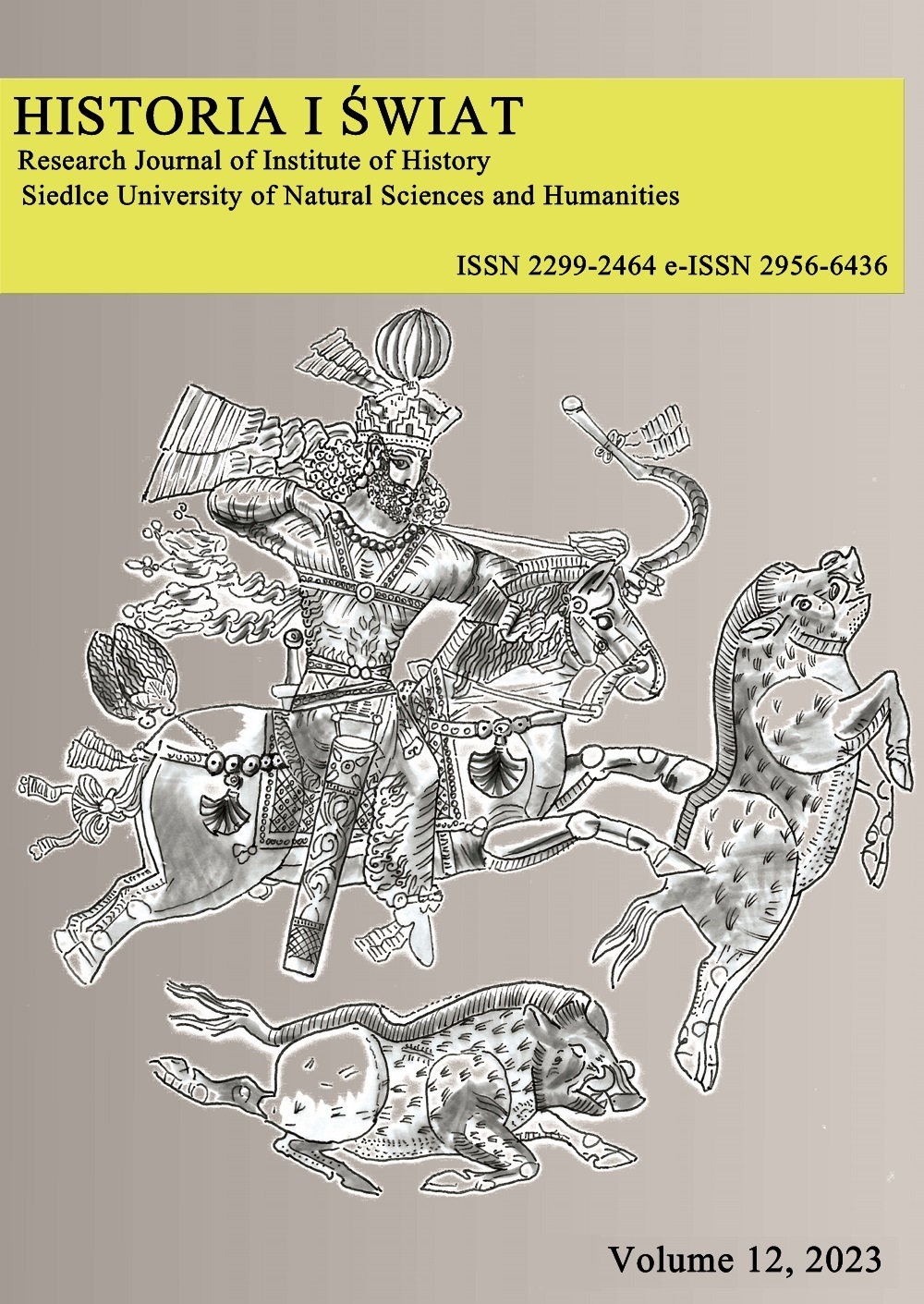Study of Pottery Technology in Kura-Araxes Culture of Astanakroud 2 Site of Kojur County Using Petrographic Method
DOI:
https://doi.org/10.34739/his.2023.12.06Słowa kluczowe:
Archeology, History, Iran, Pottery, Kura-Araxes, Bronze Age, PetrographyAbstrakt
The pottery samples under investigation in this study include the findings of the Astankroud 2 Site in the Kojur region of western Mazandaran Province. The site was uncovered during an archaeological survey of the region in 2010 and has been thus far the easternmost site of Kura-Araxes. Considering the importance of discussions concerning the characteristics of this culture and the reasons for its spread in a vast geographic area extending from the southern coast of the Caspian Sea to the eastern shores of the Mediterranean Sea, 15 pottery pieces of Kura-Araxes were subject to petrographic study in order to determine the mineralogy structure of the pottery recovered from Astanakroud Site. The experiments on these pieces were conducted using a polarizing microscope (James Swift) at the Petrographic Laboratory of the Institute for Protection and Restoration of Works affiliated with Cultural Heritage Research. According to the results of experiments, it was revealed that all the pottery had been locally produced. A petrographic study of Astanakroud pottery reveals that the pottery has been produced using soil resulting from erosion of geological structure in the northern part of the Kojur region (with volcanic structure) that has been washed up by natural currents traversing the valleys of Nimvar, Avil, and Kouhpar to the foot of the site.
Pobrania
Pobrania
Opublikowane
Numer
Dział
Licencja
Prawa autorskie (c) 2023 Historia i Świat

Utwór dostępny jest na licencji Creative Commons Uznanie autorstwa – Bez utworów zależnych 4.0 Międzynarodowe.




